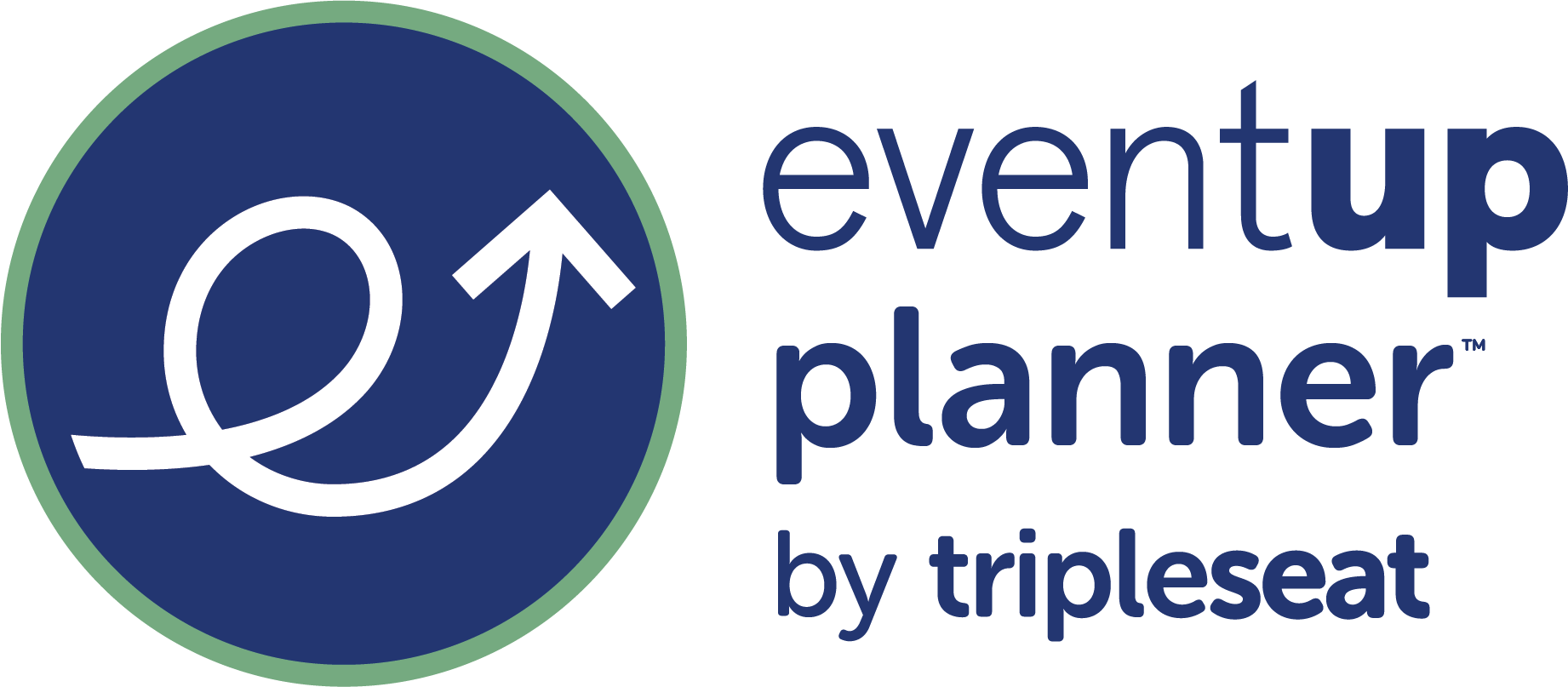Getting buy-in from the executive team for new technology, like event management tools, can be challenging. Plus, you won’t be the only one using it. So how do you get your co-workers on board for change, too? Even if your existing processes are broken, people tend to want to stay with the devil they know vs making a change. But there are strategies you can use to increase your chances of success.
Here are some steps you can take to get you closer to getting buy-in from stakeholders:
Write a compelling business case
Before approaching stakeholders, you need to have a clear understanding of the benefits the new technology system will bring to the organization as a whole. Identify the key pain points that the technology will solve for different users in your organization. Try to quantify the benefits in terms of time saved, cost reduction, increased revenue, and/or improved customer satisfaction.
Creating a compelling business case is crucial to getting buy-in for new technology, as it helps decision-makers understand the benefits and ROI of the new tool.
Here are some steps to create a compelling business case for a new event management tool:
1. Identify the problems
Start by identifying the problems that the new event management tool could address, ideally beyond just your own issues you’re struggling with. This could be a pain point within the organization like the:
- Need to improve efficiencies when creating and managing events across multiple teams
- Desire to lower the cost per event
- Need for a more professional-looking and branded experience for potential attendees
- Opportunity to reach new audiences
2. Describe the solution
Once you have identified the problems, describe how the new technology solution will address them. Be specific about the features and benefits of the technology and how it will help solve the company’s problems and/or capture new opportunities.
3. Identify the stakeholders
Identify the stakeholders who will be impacted by the new technology, including executives, other employees and teams, customers, and partners. Describe how the event management tools will benefit each stakeholder group and how it would compare to what you’re doing now to manage events.
4. Estimate the costs
Estimate the costs of implementing the new technology, including hardware, software, training, and support. Be as detailed as possible without spending too much time on demos and sales calls until you get buy-in. Also, consider the total cost of ownership over time. A range of potential costs is usually enough for the ultimate decision-maker to give you the green light to continue researching new event management tools (or the red light to stay with the status quo).
5. Estimate the benefits
If you can, try to estimate the benefits of the new technology. Think about potential increased revenue, cost savings, improved efficiencies, and/or improved customer experience. Use data and analytics to support your estimates if you can. This can be time-consuming, so many people give anecdotal insights as a first pass and then dig deeper upon request from upper management.
6. Calculate the ROI
Calculate the return on investment (ROI) of the new technology investment, taking into account the estimated costs and benefits. Make sure to show how the ROI aligns with the organization’s financial goals and objectives. Again, rough numbers can point decision-makers in the right direction. Just be sure to document how you arrived at your numbers particularly if they are rough estimates, so expectations are set appropriately.
7. Develop a risk assessment
Develop a risk assessment that identifies potential risks and challenges associated with the new technology investment, and a mitigation plan to address them. You may want to ask a few of your colleagues who may also be touched by the new tool what potential risks they perceive as well. The more you involve others in your initial planning, the more likely you are to get them on board with change.
8. Present the business case
Present the business case to decision-makers, using data and analytics to support your arguments where possible and always share how you arrived at any estimates. Be clear, concise, and persuasive, and be prepared to answer any questions or concerns that decision-makers may have.
By following these steps, you’ll show your company that you’ve put the necessary time, thought and research into why you need new event management tools and processes. You’ll be able to create a compelling business case for tools within an event management platform that will increase the chances of getting buy-in from decision-makers. Remember to focus on the benefits and ROI of the investment. Also, think about how it will help the organization achieve its goals and objectives.
5 bonus tips to help you get to YES
While the steps above will help you write a compelling business case for a new event management tool, there are some additional tips that can help you get closer to a “yes”! Here are five bonus tips to help you get there:
Know your audience
Different members of the executive team and other teams within your organization will have different priorities and concerns. When presenting your case for the new technology system, tailor your message to the concerns of each team member. For example, the CFO may be more interested in cost savings, while the CMO may be more focused on improving customer experience. Your technology team will be most concerned about how long it will take to implement and what resources you’ll need from them. Everyone will be concerned about data security.
Communicate the long-term benefits
When presenting your case, make sure to communicate the long-term benefits of the new technology. This can include how it will help the organization stay competitive, improve efficiencies across multiple teams and save time in general, plus support revenue growth with simple registration processes and secure payment processing. Everyone wants to hear that their jobs will be easier with new tools and processes. A new event management tool is no exception.
Know what you are competing against
As you know, organizations make many of their internal decisions based on budget. Knowing the budget available and understanding other potential priorities can help you prepare for objections related to other expenses. Whether it is new technology for other departments or different expenses – having this understanding will put you ahead of the game when presenting your proposal. Remember, the more you can show long-term cost savings and improved ROI, the better your chances are of getting the budget.
Get support from key individuals
Identify key individuals within the organization who will benefit from the new technology and get their support. This can include department heads, project managers, or team leads. Having their support can help you make a stronger case to the executive team.
Develop a strong implementation plan
The executive team will want to know how the new event management tool will be implemented, what the timeline will be, and what resources will be required. Develop a detailed implementation plan that outlines these details. Be prepared to answer any questions or concerns the executive team may have. A quick glance at some of your potential event management tools will give you an idea of:
- Who has complicated and costly implementation processes
- Which are DIY
- Which can get you up and running quickly and easily with limited-to-no additional implementation fees
Conclusion
Getting buy-in from the executive team for new technology and event management tools requires a strategic approach that addresses their concerns and focuses on the long-term benefits for the organization.
Writing a compelling business case is an important step to support buy-in. It helps to clarify the need for the investment, provides a clear justification for the investment, enables informed decision-making, helps to allocate resources effectively, and facilitates communication and collaboration.
If you’re considering new event management tools for your organization, talk to our team to see if Attendease can help. If so, we are happy to support you with whatever you need to get buy-in from your internal stakeholders.













